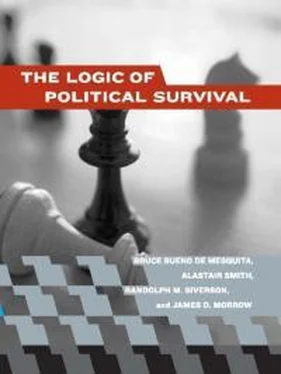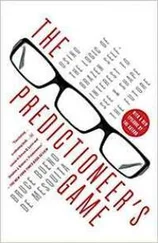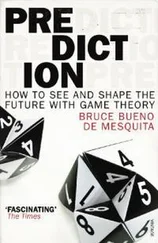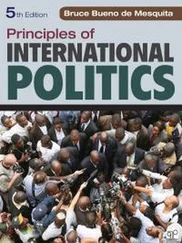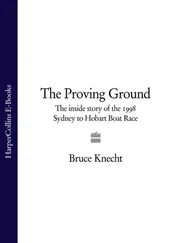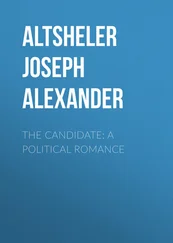Leaders make three related sets of decisions. First, they choose a tax rate that generates government revenue and that influences how hard people work. Second, they spend the revenue raised in a manner designed to help keep incumbents in office, particularly by sustaining support among members of their winning coalition. Finally, they provide various mixes of public and private goods. Private benefits are distributed only to members of the winning coalition and diminish in value to individual coalition members as the size of the group expands. Consequently, as the size of the coalition increases, leaders are expected to shift their effort to the provision of public goods that benefit all in society.
Coalition members are drawn from a broader group: the selectorate (Shirk 1993). The incentive to defect from the incumbent to a challenger depends on the prospects of being included in the challenger’s winning coalition if he should replace the incumbent. The larger the selectorate relative to the winning coalition, the smaller the chance that a given member of the current leader’s coalition will be included in the challenger’s new winning coalition and so continue to receive private benefits. In political systems characterized by small winning coalitions and large selectorates—as is common in many rigged-election autocracies—supporters of the leader are particularly loyal because the risk and cost of exclusion if the challenger comes to power are high. Conversely, in political systems characterized by large coalitions and large selectorates—as is common in many democracies—supporters of the leader have weak bonds of special privileges and so are more willing to defect.
Organization of the Investigation
Our starting point is that every political leader faces the challenge of how to hold onto his or her job. The politics behind survival in office is, we believe, the essence of politics. The desire to survive motivates the selection of policies and the allocation of benefits; it shapes the selection of political institutions and the objectives of foreign policy; it influences the very evolution of political life. We take as axiomatic that everyone in a position of authority wants to keep that authority and that it is the maneuvering to do so that is central to politics in any type of regime. When we say it is central, we mean that all actions taken by political leaders are intended by them to be compatible with their desire to retain power (Downs 1957; Black 1958; Wintrobe 1998). For us, the critical question in politics is how political institutions shape the goal of some leaders to produce peace and prosperity, while for others, institutional arrangements do not discourage war, misery, and famine. This is, of course, a topic also of considerable interest to economists who are concerned with how institutions influence economic growth (Olsen 1993; Niskanen 1997; Acemoglu and Robinson 2000) and with why institutions emerge in particular forms in different places (Engerman and Sokoloff 1997; Feng and Zak 2002; Acemoglu and Robinson 2001). These are the central themes we investigate.
The study is organized in three parts. The first three chapters develop a theory of institutions, leadership incentives, and governance. The second part of the book, which consists of four chapters, presents the empirical evidence regarding the theory’s predictions about taxing and spending decisions by government, policy choices, war behavior, and the impact of these decisions on leaders’ longevity in office. The third part of the book, made up of the final three chapters, evaluates the implications of the findings in the first two parts for the development of preferences over institutions that shape political selection and the actions that lead to institutional change. In the next section of this chapter we briefly present the main contours of our analysis.
A Theory of Political Incentives: Part I
In part I we construct a theory that addresses how institutions for selecting leaders, which we call selection institutions , shape the incentives leaders have to promote or inhibit social welfare. Our theoretical account examines how political-selection institutions influence the prospects that political leaders will survive and shows that different institutions create different imperatives of action for politicians who want to remain in office.
In developing what we call the selectorate theory , we build on important research by many others. Our theory depends partially on an understanding of coalition politics, and so we extract insights from the literature that ties coalition strategies to officeholding. Anthony Downs (1957) and William Riker (1962) draw attention to winning office as a central goal of each politician. Coalitions are built to maximize the prospect of winning and retaining office. We share that view, while also agreeing with Riker—who departs in this regard from Downs—that, subject to winning, political leaders want to maximize their control over policy choices and minimize the price they must pay to their coalition members and so build minimal winning coalitions when possible. Because the size of a winning coalition influences the price that must be paid to assemble it, we believe that the minimal coalition size required in a polity is itself a fundamental institutional aspect of governance that leads to structure-induced allocation decisions (Shepsle and Weingast 1981). Indeed, one of our main purposes is to develop a better understanding of how basic coalitional institutions shape allocation decisions.
Studies of voting and political succession inform our thinking about mechanisms by which leaders construct governments. The literature draws sharp distinctions between authoritarian and democratic regimes, particularly with regard to what is maximized through government choices. We suggest a theoretical approach intended to offer an integrated explanation of the differences that persist across nominal regime types. In designing our theoretical approach it is important, of course, to capture the regularities already identified in the literature. There is, in fact, a rich literature on authoritarian rule and a separate, rich literature on democratic governance. Of course, others have followed this path before. At least since Hannah Arendt (1951)—not to mention much earlier research starting with Thucydides, Aristotle, Sun Tzu, and Kautilya—scholars have been concerned to understand authoritarian and totalitarian forms of government. Ronald Wintrobe’s (1990, 1998) influential political-economy account of dictatorship draws attention to rent-seeking behavior as a crucial characteristic of such regimes (Krueger 1974; Buchanan, Tollison, and Tullock 1980). Mancur Olson (1993, 2000) expands on Wintrobe’s work, identifying factors that encourage despots to become territorial, thereby leading to the creation of authoritarian states. The theory we propose, therefore, must explain the rent seeking common in authoritarian states, while still accounting for its lower frequency and intensity in more democratic polities.
Kenneth Arrow (1951), William Riker (1982, 1996), Richard McKelvey (1976, 1979), and Norman Schofield (1978) focus on democracy, drawing attention away from rent-seeking behavior and toward the pursuit and selection of policy outcomes and their linkage to maintaining oneself in office or throwing the rascals out. Gary Cox (1997) carefully demonstrated how electoral rules influence policy outcomes even if voter preferences are fixed, providing a coherent basis for distinguishing among different forms of democracy. We try to build on those insights, expanding them beyond the democratic setting while also noting how differences among various forms of democracy are distinguished within the selectorate theory.
Studies of autocracy and democracy naturally contributed to the rise of investigations concerned with endogenous institutional change. Douglass North and Barry Weingast (North and Weingast 1989; Weingast 1997) help inform our thinking about what allocation decisions leaders can credibly commit to and how allocation choices and revenue needs influence institutional change. Their attention is particularly drawn to periods of economic crisis such as arise following war or internal insurrection. We attempt to generalize their ideas to allow us to theorize about commitment issues, both during crises and in more everyday political circumstances. A related literature, exemplified by the work of Stanley Engerman and Kenneth Sokoloff (1997) and Daron Acemoglu and James Robinson (2000), addresses additional questions regarding endogenous institutional change. These studies point theoretically and empirically to the close relationship between economic shocks and political transitions. We build on their models to endogenize the ties between the economy and political institutions so that economic crises are themselves a product of choices regarding governing institutions. In this way, we try to add to the predictability of economic setbacks, placing them within their political context.
Читать дальше
